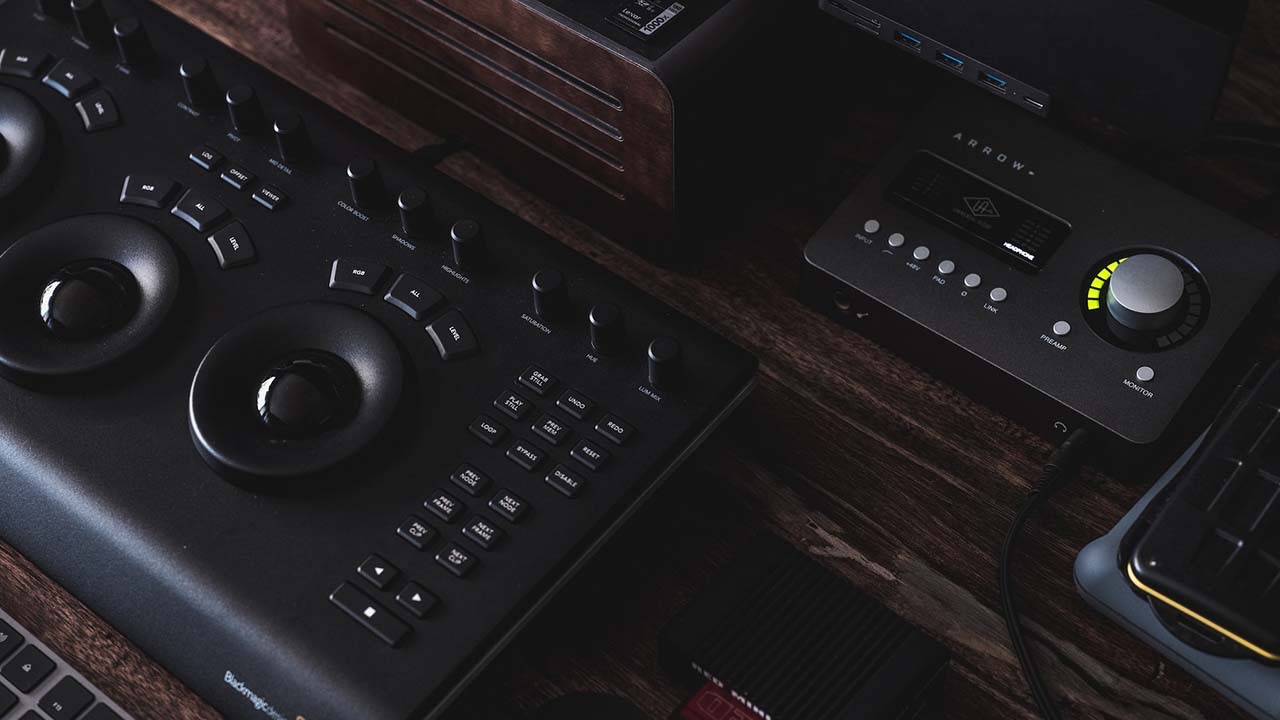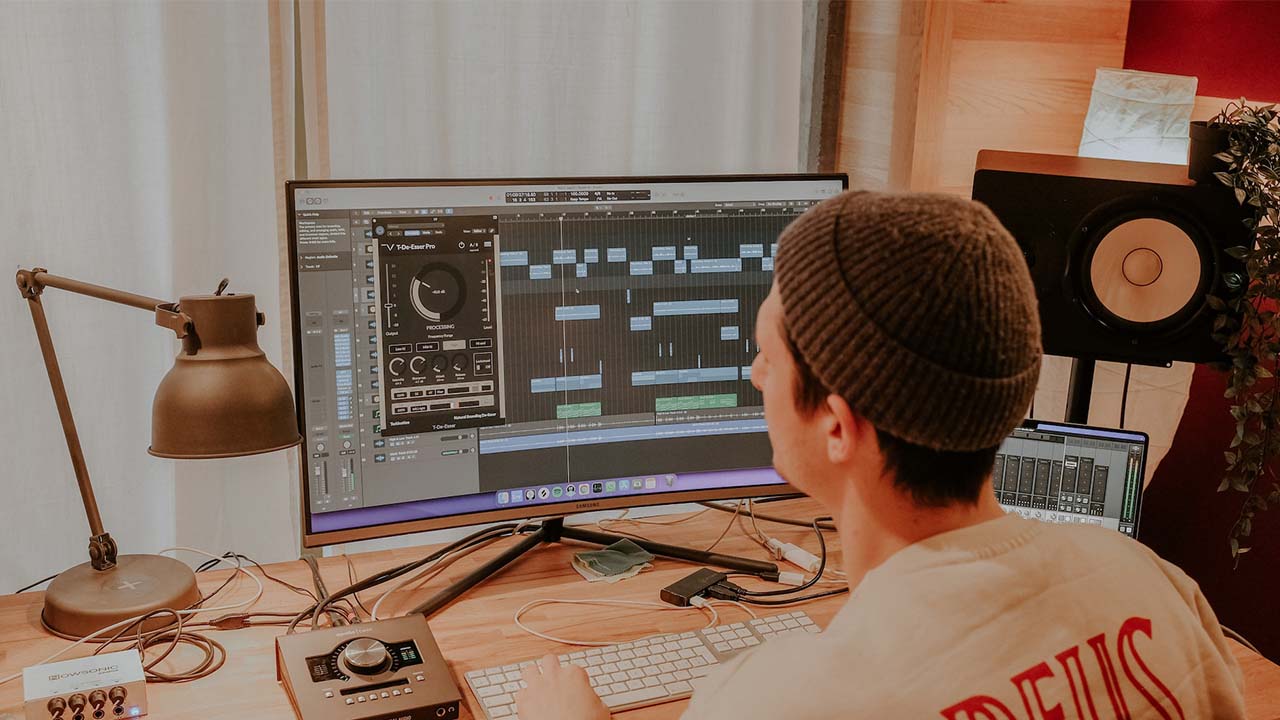What Is Phantom Power | Everything You Should Know (48V)
Aug 13, 2023
Whether you’re a musician, a content creator, or an audio enthusiast, getting a firm understanding of professional-grade recording tools is a critical step toward achieving desirable results.
When it comes to studio microphones, one of the essential things you’ll deal with is “phantom power.”
Why is it called phantom?
Well, because it is invisible! It is an electrical power that is transmitted to certain microphones without the need for any additional cable or battery. Nowadays, almost all famous audio interfaces on the market have a dedicated phantom power (sometimes called 48V) button that allows users to power their condenser microphones.
In this post, I will go through everything you need to know about phantom power, its proper usage, and how to ensure you’re not damaging your gear when using phantom power.
What Is Phantom Power?
In short, phantom power is direct circuit electric power carried via XLR cables over to microphones that contain active electronics.
Through the years, 48 volts has become the standard voltage for phantom power on recorder inputs, mixers, preamps, etc. However, if you look at older studio hardware, you might find devices and gadgets that offer 12 or 24 volts.
You’ll most likely find a button on your audio interface labeled “Phantom Power” or “48V.” If you’re using a condenser microphone, you’ll need to turn this button on in order to supply electrical power to your microphone.
Once you turn on 48V, your audio interface sends the power to your microphone through the XLR cable
Do You Need Phantom Power?

Whether or not you need phantom power depends on the gear that you’re using. If you have a dynamic microphone, you don’t need to turn on phantom power. On the other hand, condenser microphones typically require 48V power to operate.
To understand why condenser microphones need a DC power supply, we must understand how microphones work.
Dynamic mics turn sound waves into electrical energy using a diaphragm connected to a coil of wire that moves through a magnetic field. The movement creates a certain voltage depending on the sound waves received at the diaphragm.
The diaphragm in condenser mics is a thin membrane next to a solid metal plate inside a capsule. This capsule needs active circuitry to amplify the signal since it outputs almost no electrical current by itself. Phantom power, therefore, charges the condenser mic’s capsule and powers active electronic components.
Ribbon microphones use a thin metal ribbon between a pair of magnets that converts sound into electrical energy. Most ribbon mics are passive, meaning they do not require phantom power. However, there are some active ribbon mics on the market. Those only work with 48V turned on on your mixer/audio interface.
How To Use Phantom Power Safely (Can It Damage Your Gear?)

It is always a safe practice to turn on 48V only when you need it to avoid any unwanted damage or alterations both to your gear and sound quality. If your audio interface/mixer has a dedicated phantom power button for each input channel, make sure they are turned on only on tracks that require it.
The safest way to go about it is to turn down the input gain, connect your microphone, turn phantom power on, and start adjusting the channel’s gain level. Follow the same sequence of actions, but in reverse, at the end of each session; minimize gain, turn 48V off, and disconnect your microphone.
It is also safe to turn off your monitoring speakers (or at least turn the volume down entirely) before you turn on/off phantom power. The loud ‘pop’ from switching 48V on and off can slightly damage your speakers.
Does phantom power damage dynamic microphones? Not necessarily, so long as your XLR cable is working properly. If the pins on your XLR cable are damaged and don’t distribute the same amount of power, it can permanently damage your dynamic microphone.
In the case of passive ribbon mics, especially if it’s a vintage model, make sure not to use phantom power. Excessive electricity can fry the ribbon and severely damage your microphone.

Final Thoughts On Using Phantom Power
If you get your audio interface from any of the reputable brands, such as Focusrite, Universal Audio, and Behringer, it will come with standard 48-volt phantom power that you can use for condenser microphones.
Using condenser microphones in a properly treated room is an essential step toward making vocals sound professional. I use a Rode NT1-A in my home studio to capture vocals. I have reviewed it thoroughly in another post.
It’s a safe practice to only have phantom power turned on when you need it. In the case of dynamic or passive ribbon microphones, make sure to turn phantom power off.




